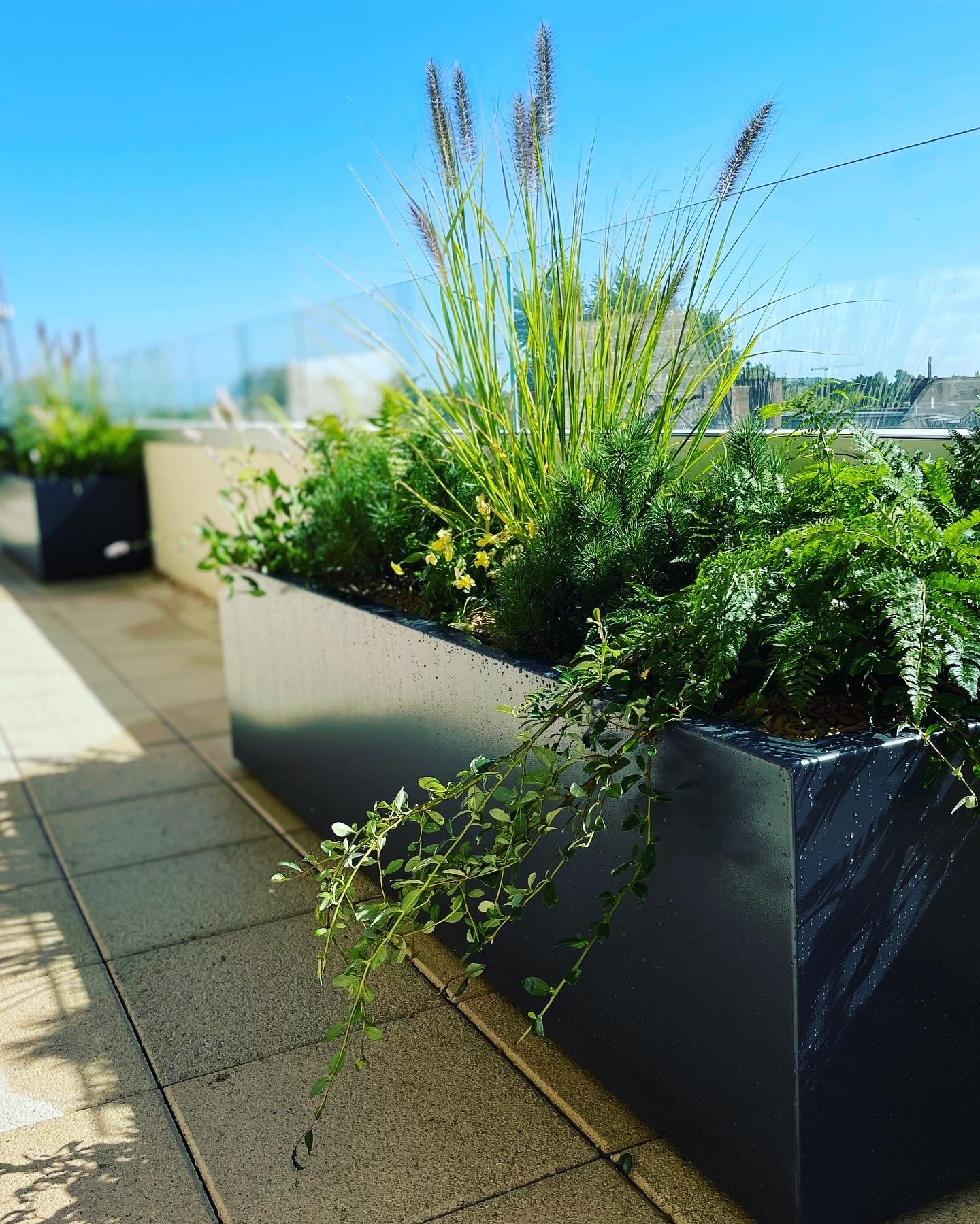There is great value at the moment on wooden floors, and laying them isn’t as difficult as you might think! Ciaran Hegarty shows you how.
Natural wood is what’s known as hygroscopic, which means it will absorb and release moisture depending on humidity levels. The first and most important step, therefore, is to make sure you let it acclimatise to the room you are going to put it in. Your wooden floor has probably been lying in a cold and damp warehouse and now that you want to place it in your cosy warm sitting room, the timber will move and adjust to suit the conditions. You don’t want your beautiful new floor shrinking and leaving gaps, or worse, expanding and bellying in the middle! Two weeks minimum is how long it should be left to acclimatise, keeping the boxes open and plastic wrapping off.
Sub-floor preparation
While your wood is adjusting it’s now time to prepare your sub-floor. Usually a good sweeping is all that is necessary but unfortunately things aren’t always that simple. A good base is crucial so if you find your floor has hollows or dips, a levelling screed is necessary. This is a cement-based smoothing compound that is mixed with water and spread on the floor to provide a level base. It will prevent bounce in the finished floor.A plastic membrane and underlay is then laid. The plastic acts like any damp proof membrane (DPM), preventing moisture from seeping up and rotting the wooden floor. Overlap joints by 100mm and tape together. Make sure to run into the edges and under the door frame. Underlay comes in various different formats, with the most common being 2mm-4mm foam. Its main job is to deaden the sound of the wood on the concrete. Cut to length with a utility knife or scissors but unlike the plastic, don’t overlap. Self-adhesive underlays are available that stick to the underside of the wooden floor and bind it together. This system can be tricky to get used to, but works well.The next thing is to get your toolkit organised. What you will need is a measuring tape, a pencil, PVA glue, mallet, handsaw or chopsaw if you have one and a drill with a 15mm spade bit. Spacers or wedges are extremely handy to make room for the expansion gap, and these can be either made or bought from DIY shops.
Plan and measure
Now that we have the prep work done, we can concentrate on the main job at hand. I have to admit that I get a bit of a thrill at removing the different boards from the box and comparing the colours, grain patterns and natural defects. I always try to use the most exciting boards in front of the fire or where they will be in full view. Leave all the boring and uncharacteristic ones for under the sofa or bed.The first decision is the orientation of the floor. I like to run the boards parallel to the longest wall in the room. In my opinion, this gives more length but this may not always be possible. It’s a personal choice so experiment by laying out the boards roughly on the floor first.Once you get started, laying a wooden floor is a repetitive task; it’s making sure you start in the right place that matters! So when you have decided on the orientation, you want to spend a few minutes deciding on the best place to start.Measure the width of the room but remember that a 12mm-15mm expansion gap is necessary to allow the floor to expand or contract depending on the humidity level. The skirting board will hide this slight difference.Then divide the width of the room by the width of the boards. If you’re extremely lucky you’ll end up with a perfectly whole number! Unfortunately this isn’t always the case. You have to make sure that if you start with a full board on one side of the room that you don’t end up with trying to cut a 10mm sliver to fit in on the opposite side. This is where the few minutes working it out can save you a lot of hardship. Sometimes it’s best to cut the first row as it will also give you a nice straight edge. Lie this edge against the 12mm-15mm spacers that are placed along the wall.This process is also used for the length of the room, which you will divide by by the board length to see if you are lucky, or if you will need to cut the first board.

